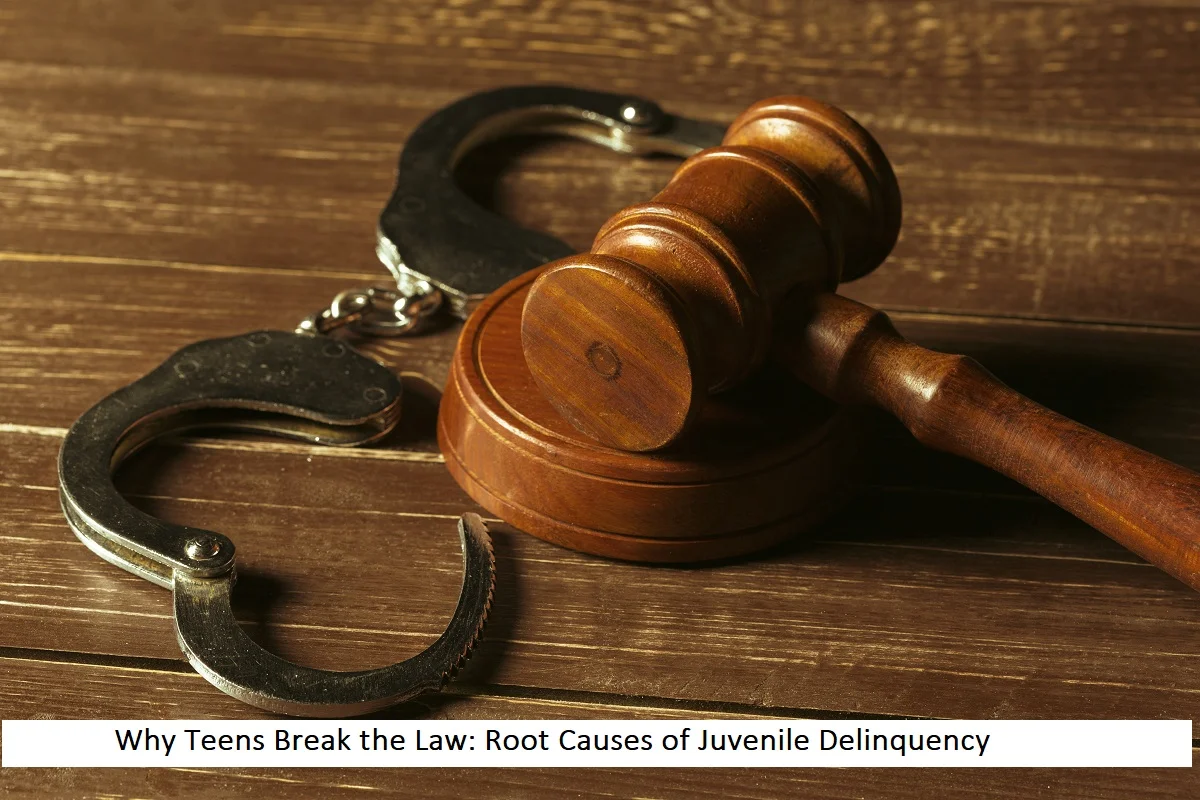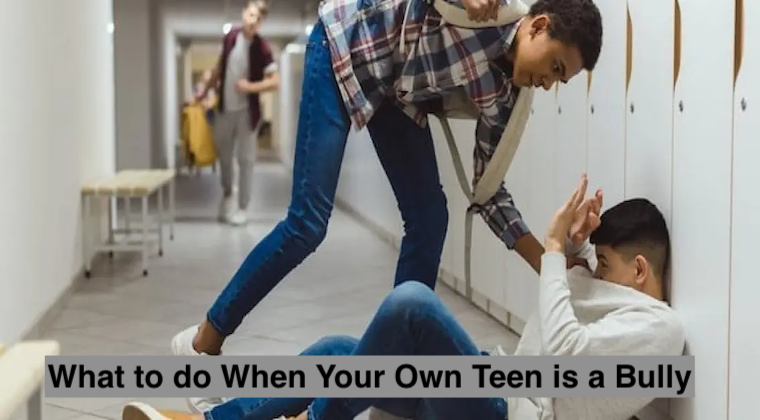“Have you ever considered that a single impulsive decision—made in the blink of an eye—could land your teen in a courtroom before they even graduate high school?” This unsettling thought isn’t just fearmongering. Increasingly, communities nationwide report teens committing unlawful acts that once seemed unimaginable—vandalism, cyberbullying, theft, and sometimes, more serious offenses. As a parent, understanding why teens break the law is the first step to preventing it. And often, the reasons run deeper than simple rebelliousness.
In this article, we’ll tackle the root causes of juvenile delinquency by exploring the influences that drive teens toward risky behaviors, from peer pressure to family environment and beyond. Along the way, we’ll use real-life stories, sprinkle in surprising statistics, and share actionable tips so you can keep your teen on the right track. Let’s unmask the hidden factors behind teen offenses and learn how to guard against them.
Startling Data: The Bigger Picture
If you’re feeling an urgent need to protect your child, you’re not alone. Researchers from the Office of Juvenile Justice and Delinquency Prevention (OJJDP) reveal that while overall crime rates fluctuate, certain teen-related offenses—like cyber-related crimes and substance misuse—have seen significant spikes over the last decade. These statistics show that traditional delinquency (like shoplifting or vandalism) is evolving alongside technology and social trends.
- One in five teens admits to having tried an illegal substance before age 16.
- 15% of high school students report having experienced or initiated cyberbullying that violated school codes—or, in some cases, even state laws.
- A growing number of teens—over 20% in some regions—have been connected to petty theft or property crimes.
These figures highlight a collective crisis: Teens are increasingly exposed to opportunities for unlawful behavior, often aided by modern technology and compounded by complex social pressures.
Real-Life Stories: Peeling Back the Layers
Samantha’s Secret Struggle
Samantha was 14, a straight-A student, and a devoted member of her school’s dance team. But her home life was unstable; her parents argued constantly, and she never felt safe enough to express her fears. One day, she found herself shoplifting small items—an impulsive act she later confessed was more about gaining control over her chaotic emotions than getting something she needed. When caught, her parents were shocked. They saw her as a “good kid” and never guessed she harbored such deep-seated anxiety.
Key Lesson: Emotional distress and family conflict can push teens to seek outlets that ultimately lead to delinquent behavior. Often, these outlets manifest in ways parents least expect.
Marcus’s Peer Influence
Marcus struggled academically and hung out with an older crowd that normalized stealing and vandalism. At first, he hesitated, but the desire for acceptance led him to participate in a late-night graffiti spree. Caught on security cameras, Marcus faced charges and was placed on probation. In counseling sessions, he revealed that the “rush” he felt provided a sense of excitement he couldn’t get from anywhere else—and it boosted his social standing among friends.
Key Lesson: Peer influence, especially among teens seeking belonging and validation, can heavily shape the path toward or away from delinquency.
Root Causes: Why Teens Break the Law
1. Family Environment and Emotional Support
- Conflict at Home: High-stress family settings—domestic disputes, financial struggles, or lack of supervision—can breed emotional instability in teens.
- Neglect or Overly Permissive Parenting: Two extremes—emotional neglect or zero boundaries—may lead teens to act out to fill emotional voids or test unseen limits.
Psychological Drive: Humans crave stability and emotional security. When teens don’t receive these at home, they may seek thrill or validation in unlawful acts.
2. Peer Pressure and Social Identity
- Fear of Rejection: Adolescents place a high premium on fitting in. When peers are involved in delinquent acts, teens may participate to avoid feeling isolated.
- Popularity and Status: Social media hype around risky or rebellious behavior can make delinquency look “cool,” especially if it gets likes or positive attention from friends.
Psychological Drive: Belongingness is a core human need, and for teens, peer acceptance can outweigh the fear of legal consequences.
3. Mental Health and Substance Use
- Unaddressed Mental Health Issues: Conditions like anxiety, depression, and ADHD might push teens to self-medicate or act impulsively.
- Substance Abuse: Drugs and alcohol not only impair judgment but also reduce inhibition, making it more likely a teen will commit a crime in the heat of the moment.
Psychological Drive: Teens may use substances to cope with stress or low self-esteem. The subsequent impaired judgment increases the likelihood of illegal behavior.
4. Academic and Societal Pressures
- Academic Stress: Overwhelming expectations can lead some teens to cheat or resort to illegal shortcuts—like purchasing stolen test answers.
- Socioeconomic Factors: In underprivileged neighborhoods, limited resources and higher crime rates make delinquency a more accessible path, sometimes perceived as the only way out.
Psychological Drive: Pressures can manifest as desperation or resentment, prompting teens to take drastic measures.
5. Technological and Online Influences
- Cyberbullying: What starts as “jokes” or “pranks” can spiral into harassment with legal implications.
- Illegal Downloads or Hacking: Teens with tech-savvy skills may push boundaries to explore hacking or downloading pirated content, unaware (or unconcerned) about legality.
Psychological Drive: The anonymity and vast reach of the internet provide a sense of detachment from real-world consequences, emboldening teens to push ethical and legal lines.
Actionable Tips for Parents
1. Foster Open and Safe Communication
- Family Meetings: Schedule weekly check-ins where each family member can speak freely. Keep them short and focused—no devices allowed.
- Psychological Impact: Teens who feel heard and respected at home are less likely to seek validation through delinquent acts.
2. Set Clear Boundaries and Consequences
- Consistency is Key: Whether it’s curfew or phone usage, consistent boundaries provide structure. Make sure consequences for breaking rules are known and enforced.
- Psychological Impact: Teens thrive on predictability; when rules are clear and consistently applied, they’re less tempted to test extremes.
3. Monitor Online Activities Responsibly
- Use Parental Controls: Employ tools to track internet use without invading privacy. Focus on guidance over surveillance.
- Psychological Impact: Balanced oversight can help prevent impulsive cyber missteps that lead to legal trouble.
4. Encourage Healthy Outlets and Friendships
- Community Programs: Sports teams, debate clubs, music lessons, or volunteer groups can channel teen energy positively.
- Psychological Impact: Engaging in activities with positive peer groups satisfies the need for belonging, reducing the allure of risky social circles.
5. Seek Professional Support Early
- Therapy and Counseling: Don’t wait for a crisis. If you see signs of persistent sadness, anger, or withdrawal, consult a mental health professional.
- Psychological Impact: Early intervention for mental health issues can break the cycle of delinquent behavior before it starts.
Bringing It All Together
By now, you’ve seen how family environment, peer pressure, mental health, academic stress, and online influences intertwine to create a perfect storm for teen delinquency. Each factor chips away at a teen’s decision-making capacity, pushing them closer to unlawful acts. However, simply knowing about these root causes isn’t enough. The key lies in proactive parenting: creating a supportive home, setting clear boundaries, encouraging positive outlets, and recognizing when to seek help.
Importantly, keep in mind that the teen years are a time of transition. Teens are still figuring out their identities, grappling with hormones, and testing boundaries. If they stumble, it doesn’t automatically label them as “criminal” or “bad.” Rather, it’s an opportunity for growth and correction—provided they receive the guidance they need.
Conclusion and Call to Action
“Could your teen, in the throes of adolescence and peer influence, make a split-second decision that could forever change their future?” The frightening truth is that it’s possible—but it’s also preventable. By understanding the root causes behind why teens break the law and by implementing consistent communication, supervision, and early interventions, you can help steer your child away from a path of delinquency.
Share This Knowledge
- If this article opened your eyes to potential warning signs or solutions, consider sharing it with other parents, teachers, or counselors. Raising awareness in your community can spark collective action to support teens more effectively.
Stay Vigilant, Yet Hopeful
- Remember: Adolescence is as much about mistakes and learning as it is about growth. If your teen veers off course, immediate steps—like counseling or engaging community resources—can help them get back on track.
Next Steps
- Keep an open line of communication with your teen.
- Observe for changes in behavior, academic performance, or social circles.
- Don’t hesitate to involve professionals if you notice red flags like substance abuse, drastic mood swings, or aggression.
By applying these strategies—incorporating the data, real-life stories, and actionable tips—you’re better equipped to handle the complexities of teen behavior. Juvenile delinquency may be a pressing issue, but with the right knowledge and tools, you can empower your teen to make safer, healthier choices.









